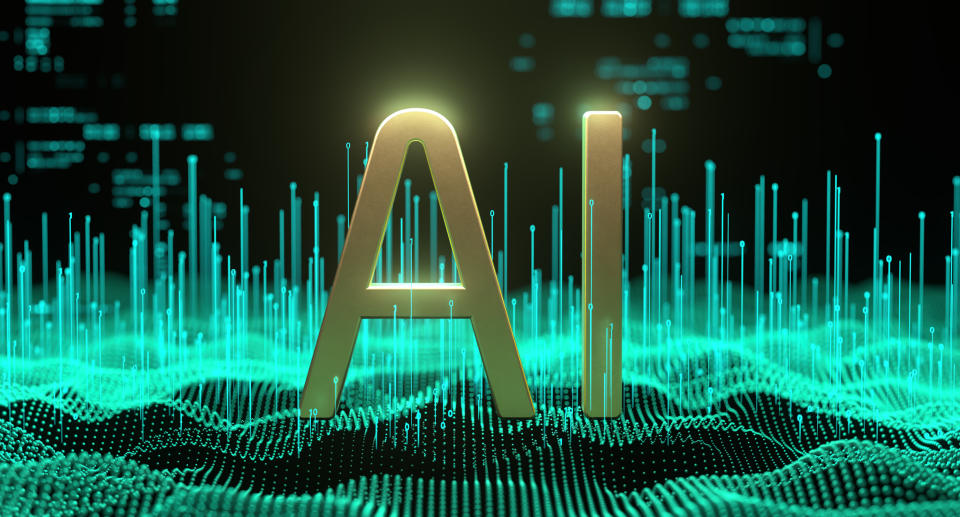In the realm of Artificial Intelligence (AI), Google DeepMind’s latest creation, Gemini, is causing a stir. This groundbreaking development aims to address the complex challenge of emulating human perception, particularly its ability to combine various sensory inputs. Human perception, inherently multimodal, uses multiple channels simultaneously to comprehend the surroundings. Multimodal AI, inspired by this intricacy, endeavors to merge, understand, and reason about information from diverse origins, mimicking human-like perception abilities.
The Complexity of Multimodal AI
While AI has made progress in handling individual sensory modes, achieving true multimodal AI remains a significant challenge. Current approaches involve training separate components for different modalities and linking them together, but they often fall short in tasks requiring intricate and conceptual reasoning.
Emergence of Gemini
In the quest to replicate human multimodal perception, Google Gemini has emerged as a promising advancement. This creation provides a unique insight into AI’s potential to decipher the complexities of human perception. Gemini takes a distinct approach by being inherently multimodal and undergoing pre-training on various modalities. Through further fine-tuning with additional multimodal data, Gemini enhances its effectiveness, demonstrating promise in understanding and reasoning about diverse inputs.
What is Gemini?
Google Gemini, unveiled on December 6, 2023, is a series of multimodal AI models developed by Alphabet’s Google DeepMind unit in collaboration with Google Research. Gemini 1.0 is designed to comprehend and generate content across a range of data types, including text, audio, images, and video.
One standout feature of Gemini is its native multimodality, distinguishing it from conventional multimodal AI models. This unique capability allows Gemini to seamlessly process and reason across various data types like audio, images, and text. Importantly, Gemini possesses cross-modal reasoning, enabling it to interpret handwritten notes, graphs, and diagrams for tackling complex issues. Its architecture supports the direct intake of text, images, audio waveforms, and video frames as interleaved sequences.
Family of Gemini
Gemini offers a variety of models tailored to specific use cases and deployment scenarios. The Ultra model, geared towards highly intricate tasks, is anticipated to be available in early 2024. The Pro model prioritizes performance and scalability, suitable for robust platforms like Google Bard. On the other hand, the Nano model is optimized for on-device usage and comes in two versions—Nano-1 with 1.8 billion parameters and Nano-2 with 3.25 billion parameters. These Nano models seamlessly integrate into devices, including the Google Pixel 8 Pro smartphone.
Gemini Vs ChatGPT
According to company sources, researchers have extensively compared Gemini with ChatGPT variants, where it has surpassed ChatGPT 3.5 in extensive testing. Gemini Ultra excels in 30 of 32 widely used benchmarks in large language model research. Achieving a score of 90.0% on MMLU (massive multitask language understanding), Gemini Ultra outperforms human experts, showcasing its prowess in massive multitask language understanding. The MMLU comprises a combination of 57 subjects such as math, physics, history, law, medicine, and ethics for testing both world knowledge and problem-solving abilities. Trained to be multimodal, Gemini can process various media types, setting it apart in the competitive AI landscape.
Use Cases
The rise of Gemini has led to a range of use cases, some of which include:
Advanced Multimodal Reasoning: Gemini excels in advanced multimodal reasoning, simultaneously recognizing and comprehending text, images, audio, and more. This comprehensive approach enhances its ability to grasp nuanced information and excel in explaining and reasoning, especially in complex subjects like mathematics and physics.
Computer Programming: Gemini excels in comprehending and generating high-quality computer programs across widely-used languages. It can also serve as the engine for more advanced coding systems, as demonstrated in solving competitive programming problems.
Medical Diagnostics Transformation: Gemini’s multimodal data processing capabilities could revolutionize medical diagnostics, potentially improving decision-making processes by providing access to diverse data sources.
Transforming Financial Forecasting: Gemini reshapes financial forecasting by interpreting diverse data in financial reports and market trends, providing rapid insights for informed decision-making.
Challenges
While Google Gemini has made impressive strides in advancing multimodal AI, it faces certain challenges that require careful consideration. Due to its extensive data training, it’s crucial to approach it cautiously to ensure responsible user data use, addressing privacy and copyright concerns. Potential biases in the training data also present fairness issues, necessitating ethical testing before any public release to minimize such biases. Concerns also exist about the potential misuse of powerful AI models like Gemini for cyber attacks, underscoring the importance of responsible deployment and ongoing oversight in the dynamic AI landscape.
Future Development of Gemini
Google has affirmed its commitment to enhance Gemini, empowering it for future versions with advancements in planning and memory. Additionally, the company aims to expand the context window, enabling Gemini to process even more information and provide more nuanced responses. As we anticipate potential breakthroughs, the unique capabilities of Gemini offer promising prospects for the future of AI.
The Bottom Line
Google DeepMind’s Gemini symbolizes a shift in AI integration, surpassing traditional models. With native multimodality and cross-modal reasoning, Gemini excels in complex tasks. Despite challenges, its applications in advanced reasoning, programming, diagnostics, and financial forecast transformation highlight its potential. As Google commits to its future development, Gemini’s profound impact subtly reshapes the AI landscape, marking the beginning of a new era in multimodal capabilities.























